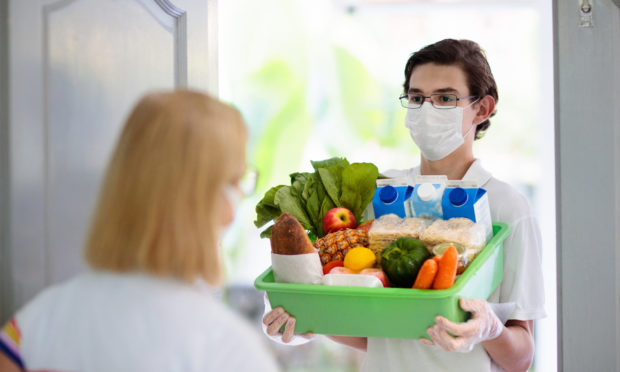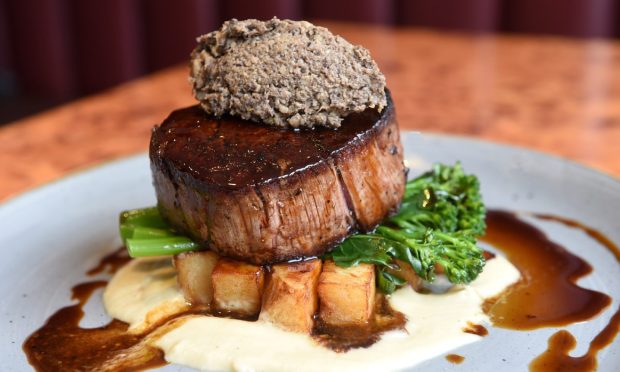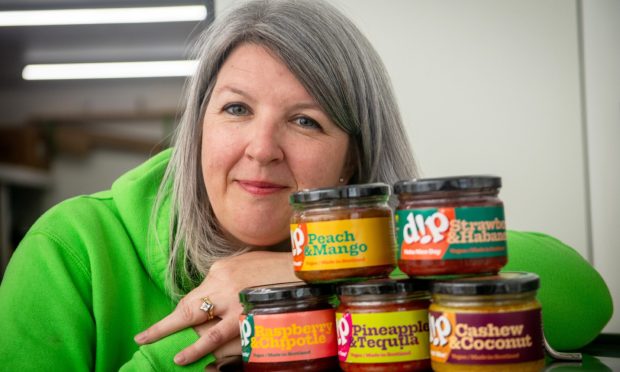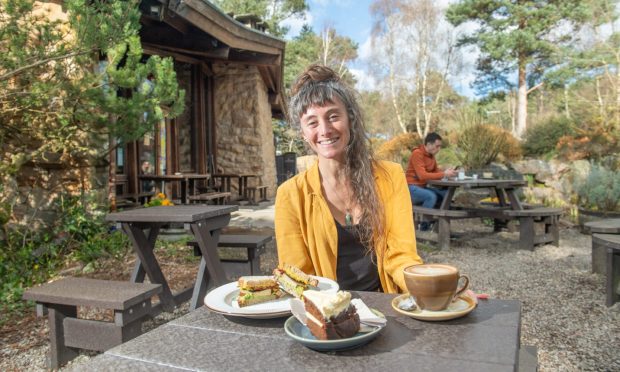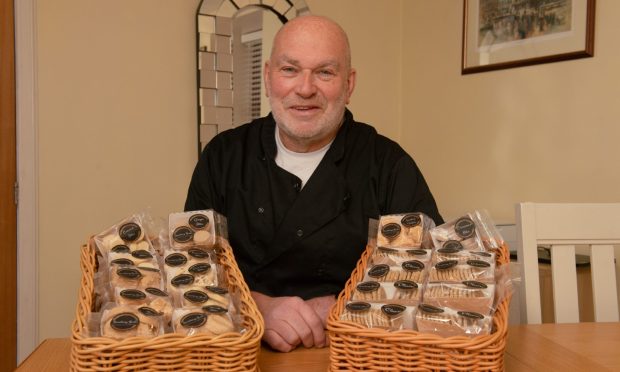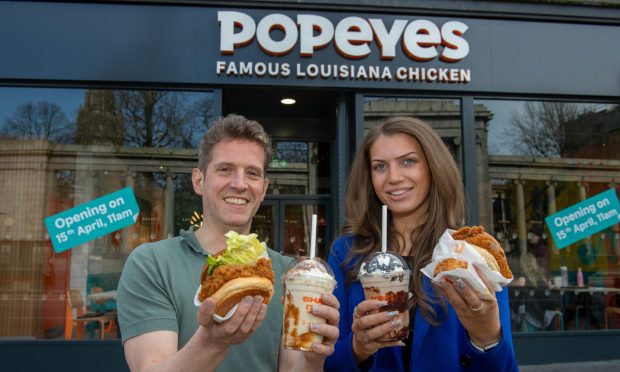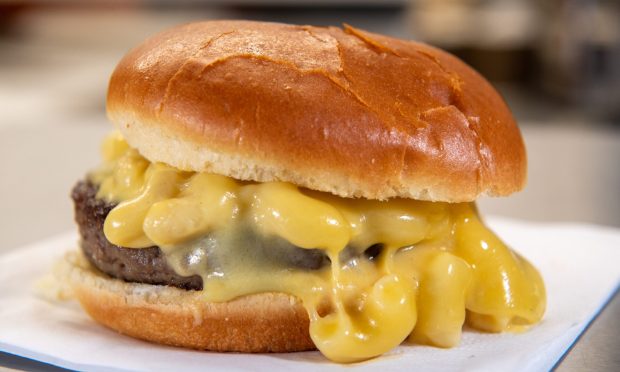Sales across Scotland’s convenience stores continue to rise, as shoppers stay local, says Scottish Grocers Federation chief executive Pete Cheema.
Online grocery sales have been the big winner in recent months as restrictions were placed on people’s lives during the coronavirus lockdown.
Retailers across the sector increased their online capacity, resulting in an additional four million trips, servicing two million additional shoppers.
Market share
During the crisis, online shopping has taken 50% of the total market share and we are seeing consistent growth.
The on-demand convenience opportunity has been well-recognised throughout the lockdown period, with development of delivery capabilities unprecedented. A permanent shift to delivery is expected, with 54% of shoppers open to ordering from their local store.
This was an area that many convenience retailers shied away from, but the recent pandemic has forced many in the sector to take on the online deliveries and as always, being flexible, agile and adaptable, the sector has accepted it with open arms.
With the ability to take rapid action, the convenience sector is always best placed to respond to market conditions.
Certainly, for the foreseeable future, eating and drinking at home is the norm. Whilst the hospitality and food service sectors have suffered, the grocery sector has welcomed the slack with open arms.
Changing habits
Shoppers will want to shop more locally with heightened attention given towards quality Scottish products. The market is set to grow 8% in 2020 off the back of increased volumes and sales throughout the lockdown period.
So, we all recognise that shopping habits have changed. Category sales within convenience has also changed. We are continuing to see growth in categories like frozen, chilled, fresh and home baking.
Consumers have realised that they can pretty much do their whole shop through convenience and avoid the queues and the local supermarket. The introduction of minimum unit pricing has meant that convenience can now trade on par with their bigger rivals.
There is no doubt that convenience stores will be a key part of Scotland’s recovery and for that reason alone, it is time that companies that originally focused on export, food service and hospitality, think about making their products retail ready to capitalise on a sector that is in massive growth.
